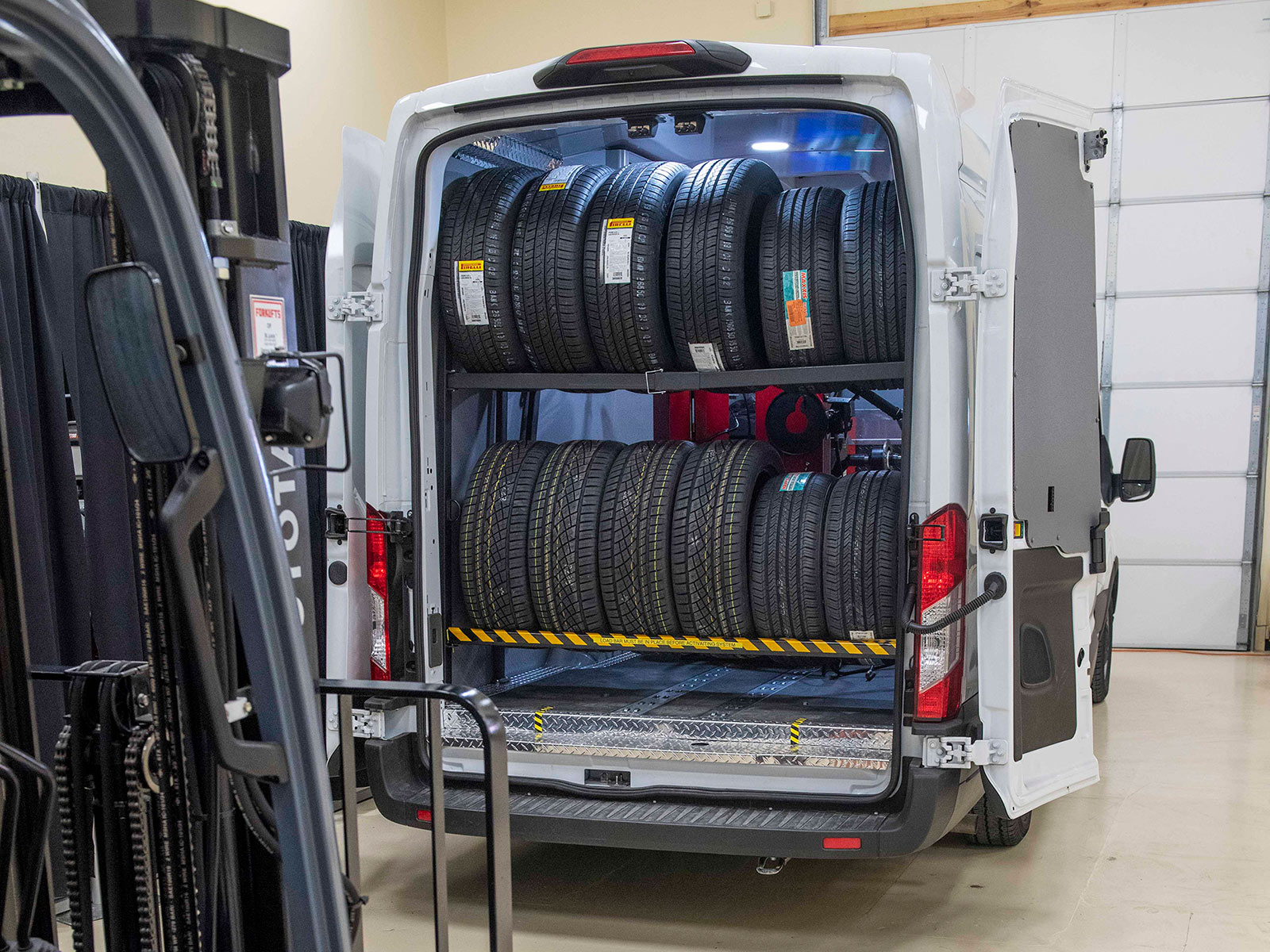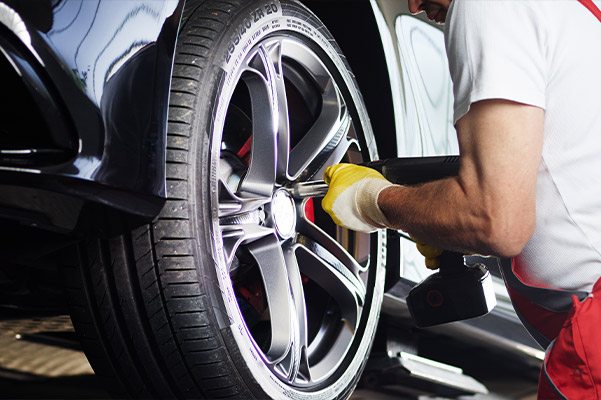Improve Your Drive: Top-Notch GMC Tires Service at Morris Tires
Tire Service: The Effect of Weather
When it comes to ensuring ideal efficiency and safety and security on the roadway, understanding the influence of weather condition problems on tire service is crucial. GMC Tire Service. In this conversation, we will check out the elaborate partnership between weather condition problems and tire solution, dropping light on the relevance of weather-specific tire upkeep techniques and factors to consider.
Warm and Tire Efficiency
When exposed to high temperatures, tires experience modifications in efficiency that can dramatically impact car security and handling. The warmth created from long term driving or warm climate problems creates the tire rubber to soften, leading to lowered tread life and enhanced wear.

Winter Results
Cold climate conditions can have a considerable effect on tire performance and safety. As temperature levels decrease, tire rubber can harden, leading to decreased grip on icy or snow-covered roadways. In chilly weather condition, tires may additionally lose air pressure a lot more rapidly, which can influence taking care of and fuel effectiveness. Additionally, chilly temperatures can cause tire sidewalls to tense, boosting the risk of damage from craters or other roadway dangers.
To minimize the effects of winter on tires, it is crucial to regularly examine tire stress and inflate them to the maker's advised levels. Using winter season or all-season tires made for cold weather condition problems can additionally improve traction and grasp on icy or snowy roadways. Proper tire maintenance, consisting of regular evaluations for wear and damages, ends up being much more critical during chillier months to make certain optimum efficiency and safety.
Rainy Issues Impact
Throughout wet problems, tire performance and security can be dramatically affected by the damp roadway surfaces and minimized presence. The step pattern of tires plays an essential role in keeping traction on damp roads. Tires with damaged treads are extra vulnerable to hydroplaning, where a layer of water constructs up in between the tire and the roadway surface, bring about loss of grip. To fight this, motorists must frequently check their tires for appropriate tread depth and think about buying tires especially description developed for damp conditions.
Furthermore, rainy weather condition can also lower visibility, making it testing for vehicle drivers to see the road in advance plainly (GMC Tire Service). In such conditions, it is necessary to change driving speeds appropriately and keep a risk-free adhering to range to enable sudden stops. Effectively filled with air tires can additionally assist in keeping control on wet roadways by offering better handling and grasp
Snow and Tire Security
When driving in snowy conditions, having the ideal tires can make a significant difference in security and efficiency. Winter months tires are made with unique rubber substances and step patterns to offer much better traction on snow and ice compared to all-season tires.

Moreover, motorists ought to consider setting up tire chains in severe snowy conditions. Tire chains provide extra traction by gripping the snow and ice, boosting stability and control. Nevertheless, it is essential to comply with manufacturer instructions when making use of and mounting tire chains to stop damage to the tires and automobile. By choosing the appropriate tires, preserving correct rising cost of living, and discover this info here taking into consideration additional grip help like tire chains, vehicle drivers can improve their safety when browsing snow-covered roadways.
Weather-Related Tire Upkeep
When faced with different climate problems, correct tire maintenance becomes a critical element of lorry safety and efficiency. Weather-related tire upkeep encompasses a series of techniques focused on making sure optimal tire feature and longevity in different weather condition circumstances. One crucial facet of weather-related tire maintenance is tire pressure guideline. Fluctuating temperatures can cause tire pressure to differ, affecting grip and gas effectiveness. Frequently checking and readjusting tire stress according to producer suggestions is necessary for safe driving in altering weather condition conditions. Additionally, tire step depth plays a significant function in managing various climate components. Tires with ample step deepness offer better grip on wet or icy roadways, minimizing the danger of hydroplaning or skidding. When walk wear reaches a certain depth is vital for keeping grip and stability in damaging climate, evaluating tire tread routinely and changing tires. By focusing on weather-related tire maintenance, chauffeurs can enhance security, boost vehicle performance, and extend the life expectancy of their tires.
Final Thought
In final thought, weather conditions have a considerable influence on tire performance and security. From warm affecting tire stress and put on to chilly climate minimizing grip, it is necessary to consider the climate when preserving and utilizing tires.
In this conversation, we will certainly explore the detailed partnership between weather conditions and tire service, shedding light on the importance of weather-specific tire upkeep techniques and considerations.
